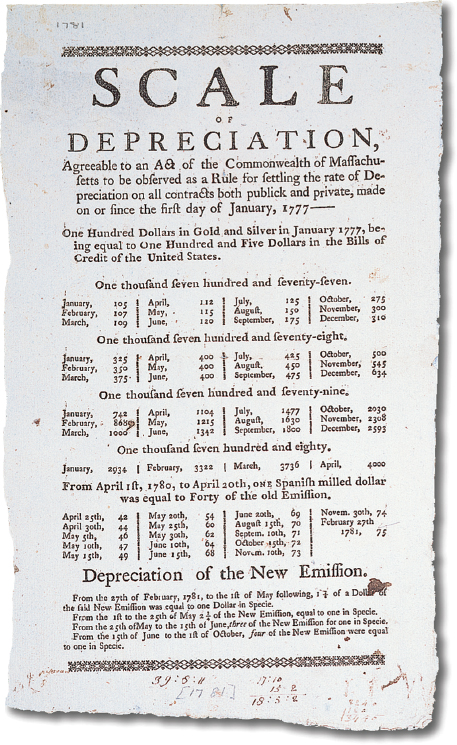Why did the Articles of Confederation fail?
Printed Page 215

IN 1783, THE CONFEDERATION government faced three interrelated concerns: paying down the large war debt, making formal peace with the Indians, and dealing with western settlement. Lacking the power to enforce its tax requisitions, the congress faced added debt pressures when army officers suddenly demanded secure pensions. Revenue from sales of western lands seemed to be a promising solution, but Indian inhabitants of those lands had different ideas.
From 1784 to 1786, the congress struggled mightily with these three issues. Some leaders were gripped by a sense of crisis, fearing that the Articles of Confederation were too weak. Others defended the Articles as the best guarantee of liberty because real governance occurred at the state level, closer to the people. A major outbreak of civil disorder in western Massachusetts quickly crystallized the debate and propelled the critics of the Articles into decisive and far-reaching action.
CHRONOLOGY
1783
- – Newburgh Conspiracy.
1784
- – Treaty of Fort Stanwix.
1785
- – Ordinance of 1785.
- – Treaty of Fort McIntosh.
- – Congress calls for large requisition.
1786
- – Shays’s Rebellion begins.
1787
- – Shays’s Rebellion is crushed.
- – Northwest Ordinance.
CHAPTER LOCATOR
What kind of government did the Articles of Confederation create?
How did the states define citizenship and freedom?
Why did the Articles of Confederation fail?
How did the Constitution change how the nation was governed?
What were the objections to ratification of the Constitution?
Conclusion: What was the “republican remedy”?
 LearningCurve
LearningCurve
Check what you know.